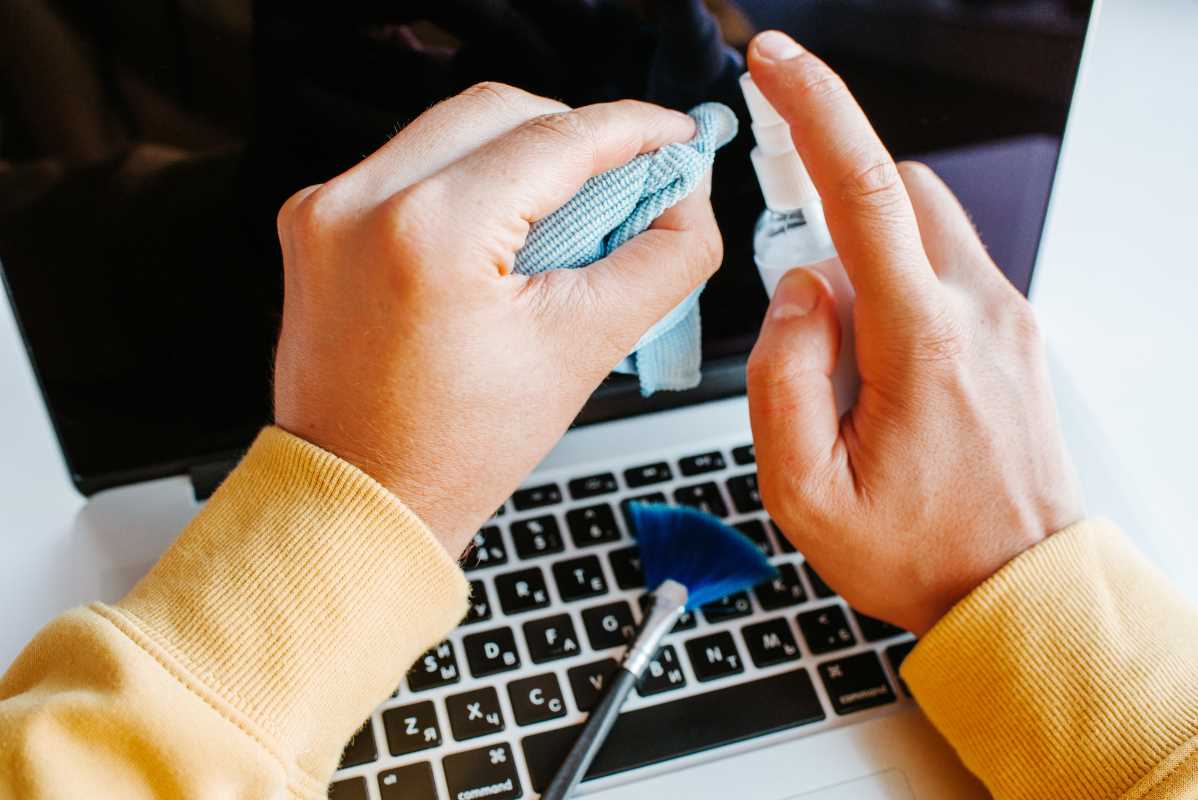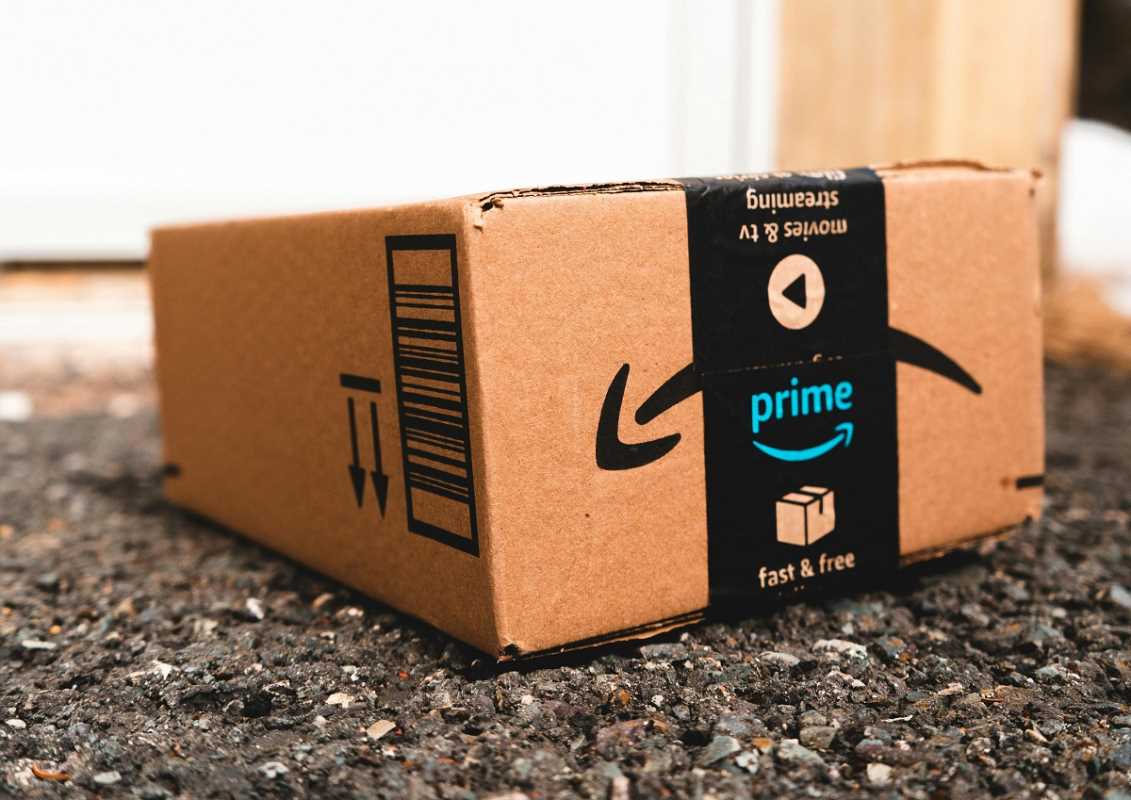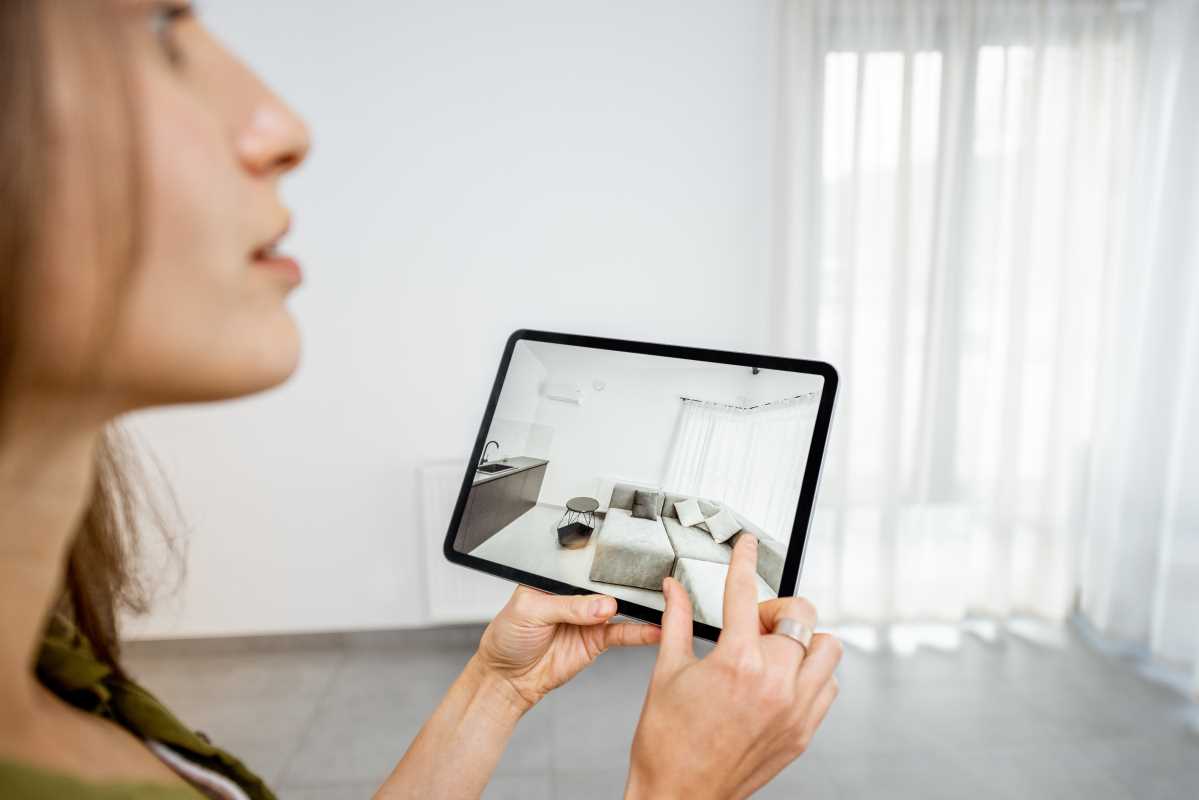If you're in the market for a laptop or phone but don't want to pay full price, refurbished devices can be a fantastic option. They offer a great balance of quality and affordability, helping you save significantly without sacrificing performance. However, finding the right deal on refurbished laptops and phones requires a bit of research and know-how.
What Are Refurbished Devices?
Refurbished devices are gadgets that have been pre-owned or returned to the manufacturer or seller for various reasons. These items are typically inspected, repaired (if needed), and tested to ensure they’re in working condition before being resold. Some common scenarios involving refurbished products include:
- A customer returned a device during the return period.
- A device had a minor defect that was fixed.
- The device was used as a display model or demonstration unit.
The key difference between refurbished and used? Refurbished items are restored to meet certain quality standards, often with tests and inspections involved. They may also come with warrantees, unlike most used devices.
Why Buy Refurbished?
Refurbished devices can be a smart buy for several reasons:
- Budget-Friendly: You can save 20% to 50% (or more) compared to buying brand-new.
- Environmentally Friendly: By buying refurbished, you’re reducing electronic waste and giving a device a second life.
- Quality Assurance: Many refurbishments are done by professionals who test and certify the device, ensuring it works like a charm.
- Warranty Coverage: Some refurbished products come with warranties for extra peace of mind.
But before you jump on a deal, here are essential tips to help you shop confidently.
Tips for Finding Deals on Refurbished Laptops and Phones
1. Know the Difference Between Refurbished and Used
Refurbished devices are different from used ones. Used devices are typically sold "as is," without any guarantees or inspections. Meanwhile, refurbished items are restored to good-as-new condition, often with testing, repairs, and warranties.
Knowing this distinction ensures you’re informed about what you’re buying. Look for words like "certified refurbished" to find devices that have gone through rigorous quality checks.
2. Buy From Reputable Sellers
The key to a successful refurbished purchase is sticking with trusted sources. Reputable sellers usually offer certified refurbished devices, quality guarantees, and warranties. Here are some top platforms to consider:
- Amazon Renewed: Offers refurbished products that meet Amazon’s strict criteria. Most items come with a 90-day warranty.
- Best Buy Outlet: Sells certified refurbished electronics, including laptops and phones, with warranties and customer support.
- Apple Certified Refurbished: Ideal for Apple lovers, this program offers like-new iPhones, iPads, and MacBooks with one-year warranties.
- Dell Outlet: Sells Dell laptops and desktops that are refurbished and tested to ensure top performance.
- Samsung Certified Renewed: A great option for refurbished Galaxy phones and tablets, complete with warranties and like-new guarantees.
Avoid unfamiliar sites or sellers without established reputations, as you might risk quality or legitimacy issues.
3. Check for Return Policies and Warranties
One of the advantages of buying professionally refurbished devices is the inclusion of return policies and warranties. These protect your investment if the product isn’t up to standard.
Here’s what to look for:
- Return Policies: Ensure the seller allows returns if you’re not satisfied or if the product has issues within a specified period (usually 14-30 days).
- Warranties: A warranty that covers repairs or replacements adds significant peace of mind. Some platforms, like Apple Certified Refurbished, even offer warranties comparable to their brand-new products.
4. Compare Prices
Just because a device is labeled “refurbished” doesn’t automatically make it a great deal. Prices can vary widely between sellers, so it’s worth shopping around.
Use comparison-shopping websites or manually check prices across platforms like Amazon Renewed, Best Buy Outlet, or the manufacturer’s refurbishment programs. Be sure to account for shipping fees and taxes, which can impact the total cost.
5. Look for Details About Testing and Certification
Certified refurbished products usually undergo extensive testing to ensure they function properly. When shopping, check for descriptions that mention:
- Testing and inspection processes used to ensure the device is in working order.
- Replacement of faulty parts, such as batteries or screens.
- Cosmetic grading, which indicates the device’s physical condition (e.g., “like new” or “minor scratches”).
6. Seek Discounts During Sales Events
Refurbished devices can become even more affordable during major sales events. Keep an eye out for bargains during:
- Black Friday and Cyber Monday: Many sellers slash prices on refurbished devices during these events.
- Back-to-School Sales: Perfect for anyone searching for laptops.
- End-of-Year Sales or Clearance Events: Sellers often discount older tech to clear out inventory.
Timing your purchase strategically can help you save even more.
7. Use Coupons and Cashback Options
Take advantage of coupons, promo codes, or cashback sites to lower the cost. Websites like Honey or Rakuten may offer additional savings when you purchase from major platforms like Amazon or Best Buy. Every little bit counts when you’re trying to find the best deals!
8. Ask About Battery Health for Laptops and Phones
One of the most critical components for laptops and phones is the battery. Over time, batteries degrade, so refurbished models might need a replacement or may already have one installed.
Before you buy, confirm:
- Whether the refurbished device has a newly-installed battery.
- The battery’s current health status (measured in cycles or percentage).
This small check can ensure you’re not stuck with a device that barely holds a charge.
9. Avoid “Too Good to Be True” Deals
If a refurbished laptop or phone is priced suspiciously low, proceed with caution. Scammers sometimes sell counterfeit or non-functional devices, especially on less-known platforms. Stick with sellers who provide clear product information and reviews.
10. Don’t Overlook Accessories and Updates
Check whether the refurbished device comes with essential accessories, like chargers or cables. If not, you’ll need to factor in the cost of buying those separately.
Additionally:
- Confirm that the device has received its latest updates or has been restored to factory settings.
- For laptops, verify the operating system (e.g., Windows 11 or macOS updates) is up to date.
How to Maintain Refurbished Devices
Once you’ve found a great deal on a refurbished laptop or phone, the next step is ensuring it lasts as long as possible. Proper maintenance is key to maximizing both performance and lifespan. Use these practical tips to keep your refurbished devices in top condition.
1. Adopt Proper Charging Habits
Good charging habits can extend the life of your device’s battery.
- Avoid letting the battery drain completely; aim to keep it between 20% and 80% most of the time to reduce strain.
- Use the original charger or certified alternatives to prevent damage.
- Avoid overcharging by unplugging after the battery is fully charged.
2. Update Software Regularly
Keeping your software up to date ensures your device stays secure and performs efficiently.
- Enable automatic updates for operating systems and apps.
- Regularly check for new versions of firmware or drivers, as they often include performance improvements and bug fixes.
3. Use Protective Accessories
Guard your refurbished devices against physical damage with accessories like cases and screen protectors.
- A sturdy case prevents scratches and absorbs shock if dropped.
- A tempered glass screen protector keeps the display free from cracks and smudges.
These small investments can save you from expensive repairs down the road.
4. Back Up Your Data Regularly
Always have a backup of your important files and photos. Refurbished devices, while reliable, may have a higher risk of malfunction compared to brand-new models.
- Use cloud storage services like Google Drive or iCloud to back up data automatically.
- Alternatively, schedule regular backups to an external hard drive.
5. Clean Your Device Properly
Dust and residue can negatively impact your device over time, so it’s important to clean it regularly.
- Use a microfiber cloth to wipe screens and keyboards.
- Compressed air can clean crevices like charging ports and headphone jacks.
- Avoid using water or harsh cleaners that could damage internal components.
6. Monitor Battery Health
Battery performance can degrade with time, so keep an eye on its health.
- Phones and some laptops have built-in battery health tools (e.g., Apple’s iOS Battery Health feature).
- Consider replacing the battery if it drops below 80% capacity for consistent performance.
7. Avoid Unnecessary Apps and Files
Declutter your device to keep it running smoothly.
- Uninstall apps you no longer use.
- Regularly clear cache and temporary files.
- Avoid downloading unverified apps from third-party sites to reduce the risk of malware.
8. Mind the Environment
Where you use your device matters!
- Avoid exposing laptops and phones to extreme temperatures, humidity, or direct sunlight, which can damage components.
- Store devices in safe, cool spaces when not in use.
9. Schedule Regular System Scans
Run antivirus or anti-malware scans periodically to protect your refurbished laptop or phone from security breaches. Many reputable antivirus programs offer free or affordable options for regular system monitoring.

.jpg)





